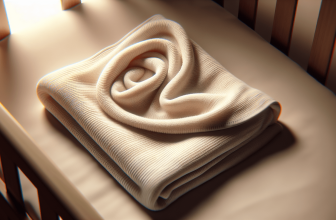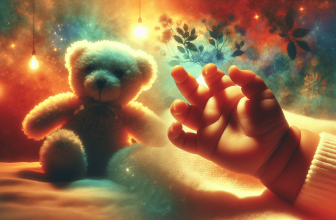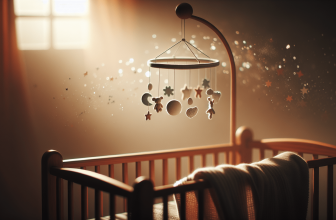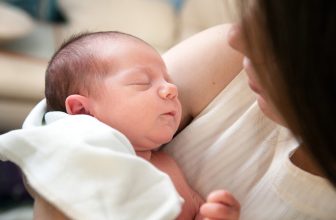Taking care of your baby’s health and hygiene is of utmost importance, especially when it comes to their baby bottles and pacifiers. In this article, we will guide you on the proper methods to sanitize and clean these essential items, ensuring that your little one stays safe and protected. Say goodbye to worries about harmful bacteria or germs lurking in these everyday items as we provide you with simple yet effective techniques that will give you peace of mind. Let’s dive in and discover the key steps to maintaining a clean and germ-free environment for your baby’s bottle and pacifier.
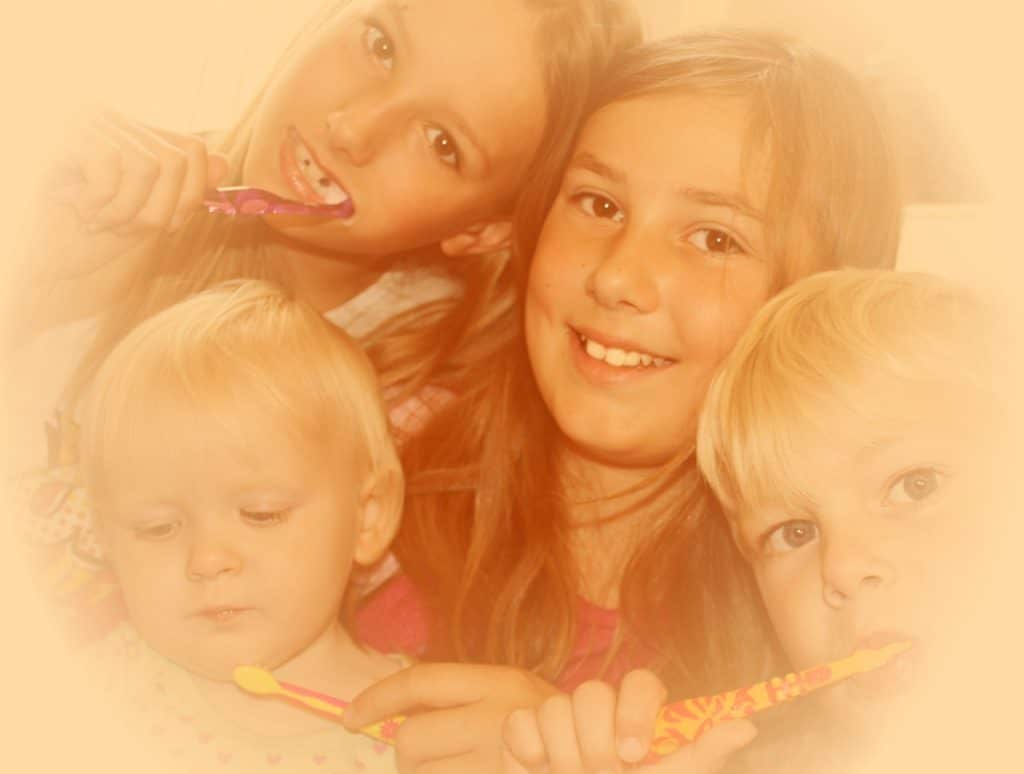
This image is property of pixabay.com.
Materials Needed
To properly sanitize and clean baby bottles and pacifiers, you will need the following materials:
Boiling Water
Boiling water is an effective way to sterilize baby bottles and pacifiers. It kills germs and bacteria, ensuring that your baby’s feeding equipment is safe to use.
Bottle Brush
A bottle brush is a must-have tool for cleaning baby bottles. It has bristles specifically designed to reach all corners and crevices of the bottle, removing any residue and ensuring a thorough cleaning.
Dish Soap
Quality dish soap is essential for cleaning baby bottles and pacifiers. Look for a gentle, fragrance-free formula that is specifically designed for baby products.
Sanitizing Solution
A sanitizing solution is an alternative to boiling water for sterilizing feeding equipment. It usually comes in liquid or tablet form and can be mixed with water for an effective sanitizing process.
Microwave Steam Sterilizer
A microwave steam sterilizer is a convenient tool that uses steam to kill germs and bacteria on baby bottles and pacifiers. It provides a quick and efficient way to sanitize feeding equipment.
Dishwasher
If your baby bottles and pacifiers are dishwasher-safe, you can use your dishwasher to clean and sanitize them. Make sure to check the manufacturer’s instructions to ensure proper use.
Preliminary Steps
Before starting the cleaning and sanitizing process, there are a few preliminary steps you should take to ensure a safe and hygienic environment for your baby’s feeding equipment.
Wash Your Hands
Always begin by washing your hands thoroughly with soap and warm water. This will help prevent the transfer of germs and bacteria to the bottles and pacifiers.
Clean Your Work Surface
Clean and sanitize the area where you will be cleaning and sterilizing the baby bottles and pacifiers. Use a mild disinfectant or wipes to ensure a clean work surface.
Prepare the Cleaning Area
Gather all the necessary materials and arrange them in your cleaning area. This will make the process more organized and efficient.
Cleaning Baby Bottles
Properly cleaning baby bottles is crucial to ensure the safety and hygiene of your little one. Follow these steps to clean baby bottles effectively:
Rinse Bottles Immediately
After each use, rinse the bottles with warm water to remove any leftover milk or formula. This will prevent residue from drying and becoming harder to clean.
Use a Bottle Brush
Using a bottle brush, clean the inside and outside of the bottle thoroughly. Pay special attention to the bottom and sides, as residue tends to accumulate in these areas.
Clean the Nipple
Remove the nipple from the bottle and thoroughly clean it with warm soapy water. Use the bottle brush to scrub the inside and outside of the nipple, ensuring all residue is removed.
Clean the Collar and Cap
Clean the collar and cap of the bottle with warm soapy water. Use the bottle brush to scrub these parts to remove any trapped residue.
Rinse and Air Dry
Rinse all the components of the bottle with warm water to remove any soap residue. Place them on a clean drying rack or a clean towel to air dry completely before reassembling.
Sanitizing Baby Bottles
To ensure optimal cleanliness and safety, it’s essential to sanitize baby bottles regularly. Here are different methods you can use to sanitize baby bottles:
Boiling Method
Fill a large pot with enough water to cover the baby bottles and nipples. Place the bottles and nipples in the pot and bring the water to a boil. Let them boil for at least five minutes to ensure complete sterilization. Remove the bottles and nipples using tongs and let them air dry.
Microwave Steam Sterilizer
If you have a microwave steam sterilizer, follow the manufacturer’s instructions on how to use it effectively. Typically, you will need to add water to the sterilizer, place the bottles and nipples inside, and microwave them for the specified time. Afterward, let them cool before removing and allowing them to air dry.
Dishwasher
If your baby bottles and nipples are dishwasher-safe, place them on the top rack of your dishwasher. Use a gentle, baby-safe detergent and run a hot water cycle. Ensure that all components are positioned correctly to allow for thorough cleaning and sanitizing. Once the cycle is complete, remove the bottles and nipples and let them air dry.
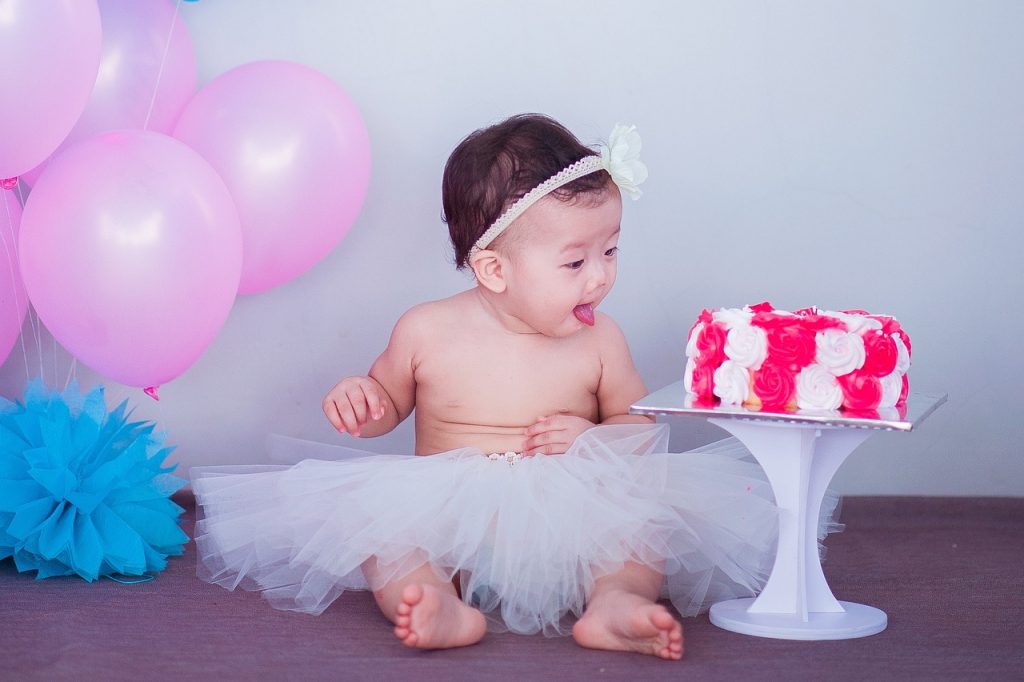
This image is property of pixabay.com.
Cleaning Pacifiers
Pacifiers also require regular cleaning to maintain their hygiene. Follow these steps to clean pacifiers effectively:
Rinse After Each Use
After each use, rinse the pacifier with warm water to remove any accumulated saliva or food particles. This will prevent the growth of bacteria on the pacifier.
Hand Wash with Dish Soap
Using a moderate amount of dish soap, clean the pacifier thoroughly with your hands. Pay attention to the nipple, as it can harbor germs and bacteria. Rinse it well with warm water to remove all soap residue.
Boiling Method
To sanitize pacifiers, bring a pot of water to a boil. Place the pacifiers in the boiling water and let them boil for at least five minutes. Use tongs to remove the pacifiers and let them cool before using or storing.
Microwave Steam Sterilizer
If you have a microwave steam sterilizer, follow the manufacturer’s instructions on how to sterilize pacifiers effectively. This method ensures that all germs and bacteria are killed, providing a safe pacifier for your little one.
Dishwasher
Check if your pacifiers are dishwasher-safe. If they are, place them on the top rack of your dishwasher and run a hot water cycle. Ensure that they are correctly positioned for thorough cleaning and sanitizing. Once the cycle is complete, remove and air dry the pacifiers.
Sanitizing Pacifiers
Sanitizing pacifiers is essential to ensure that they are free from harmful bacteria. Here are two effective methods of sanitizing pacifiers:
Boiling Method
Follow the boiling method described earlier for baby bottle sanitization. Boil a pot of water, place the pacifiers inside, boil for at least five minutes, then remove and cool before use or storage.
Microwave Steam Sterilizer
If your microwave steam sterilizer is suitable for pacifiers, follow the instructions provided by the manufacturer. It offers a quick and efficient way to sanitize pacifiers, ensuring a bacteria-free environment for your baby.
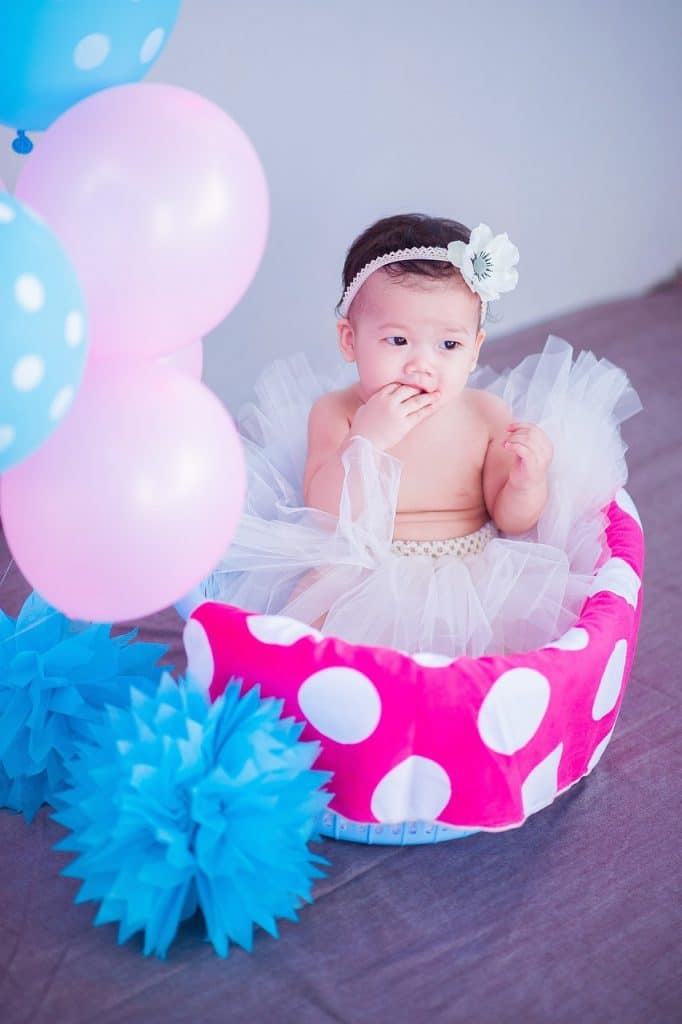
This image is property of pixabay.com.
Additional Tips
To maintain the safety and hygiene of baby bottles and pacifiers, consider the following additional tips:
Inspect for Damage
Regularly inspect baby bottles and pacifiers for any signs of damage, such as cracks, chips, or tears. Replace any damaged items to ensure your baby’s safety.
Replace Regularly
Baby bottles and pacifiers should be replaced regularly, following the manufacturer’s guidelines. Over time, wear and tear may occur, compromising their cleanliness and safety.
Storage
After cleaning and sanitizing, store baby bottles and pacifiers in a clean, dry place. Use a designated container or a clean, sealed plastic bag to protect them from dust and contaminants.
Conclusion
Properly cleaning and sanitizing baby bottles and pacifiers is crucial for maintaining your baby’s health and safety. By following the steps outlined in this article, you can ensure that your baby’s feeding equipment remains free from harmful bacteria and germs. Remember to always wash your hands, use appropriate cleaning materials, and follow the manufacturer’s instructions for the best results. With regular cleaning and sanitizing, you can provide a clean and hygienic feeding environment for your baby.



